I have a love for anything that has ginger in it – whether it’s stir-fries with a spicy ginger kick or sweet gingerbread. However, managing fresh ginger can be a bit of a hassle, with its tough fibers making it challenging to chop or grate. To save time during the week, I’ve started making ginger paste. It’s quick to make and extremely convenient to have ginger readily available for whenever I crave it!
Ginger paste is created by grinding fresh, raw ginger root into a smooth and flavorful paste. Its strong and distinctive taste provides a dash of heat and zing to any dish. Although it’s a popular ingredient in many Asian cuisines, its versatility has made it a staple in kitchens worldwide.
How to use ginger paste
Ginger paste is a versatile ingredient that can be used in almost any recipe that calls for fresh ginger. As a general rule of thumb, one inch of raw ginger is equal to about one tablespoon of ginger paste.
Here is a short list of ginger paste ideas to get your culinary creativity rolling…
- A simple way to start incorporating ginger paste is by using it as a base for marinades. Whether you’re grilling chicken, fish, veggies, or tofu, a marinade made with ginger paste, soy sauce, garlic (check out my garlic paste recipe HERE), and a splash of lime juice will take your dish to a whole new level.
- If you’re a fan of Asian cuisine, ginger paste is a must-have ingredient for your stir-fries. Simply heat some oil, add in a spoonful of ginger paste along with any other aromatics like garlic or spices, and let them cook for a minute or so until fragrant. Add your favorite proteins or veggies to the pan, and sauté for a quick and flavorful meal.
- Ginger paste can add a kick of flavor to your favorite salad dressing or savory dipping sauce. Just whisk in a spoonful or two and you’re good to go.
- If you make your ginger paste without oil, it can be used to make a refreshing and invigorating ginger tea. Simply mix a teaspoon of ginger paste with hot water, honey, and fresh lemon juice for a soothing and flavorful beverage that is perfect for chilly evenings or when you need a pick-me-up.
- Ginger paste can also be a perfect addition to your baked goods. It adds a warm and spicy boost to cookies, cakes, and breads, giving them a unique and delicious twist.
- This Mango & Pineapple Chutney is a tasty way to use up some of that ginger paste, too!
How to make ginger paste
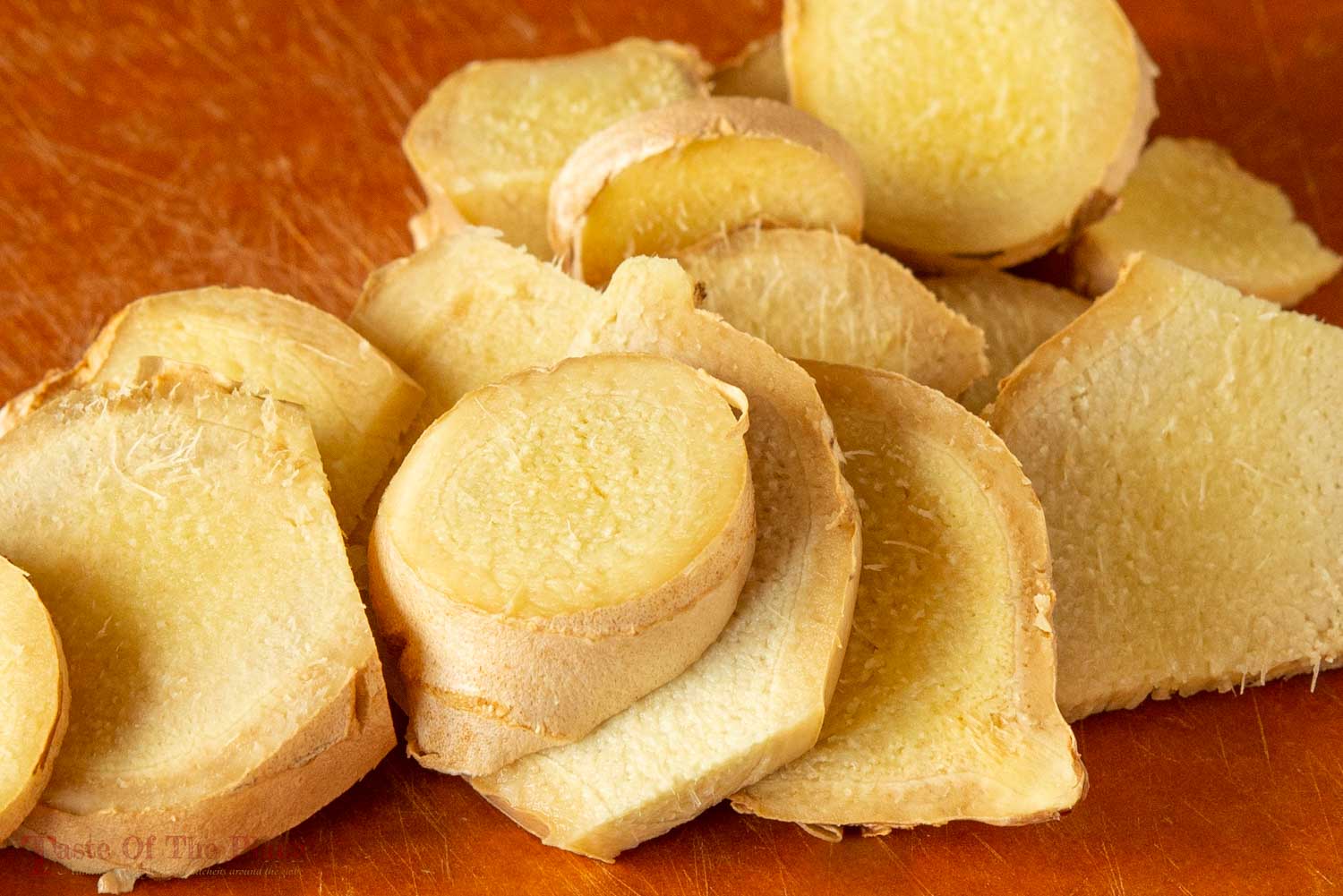
Homemade ginger paste is fresh, all-natural, and easy to make. All you need is fresh ginger root, a blender or food processor, and a bit of oil (which is optional). Give a big chunk of fresh ginger a scrub and remove any bad or dried-out spots. You can peel it if you like, but you don’t need to. Cut it against the grain into thin slices. Throw it in a blender, and give it a whirl until you achieve a smooth and paste-like consistency. Store it in an airtight container in the refrigerator, and it can last for a couple of weeks.
Having ginger paste on hand can be a game-changer in the kitchen. Instead of having to mince or grate fresh ginger every time you need it, using ginger paste can make the cooking process faster and more convenient. With this time-saving hack, you won’t have to deal with the hassle of preparing fresh ginger while still enjoying its delicious flavor. All in all, it’s a win-win!
TIPS FOR STORING AND PRESERVING Ginger PASTE
To keep your ginger paste fresh and flavorful, it’s best to store it in an airtight container in the fridge. To help preserve the paste, add a layer of oil on top as a protective barrier. Use it within two weeks or throw it away if it develops mold, off flavors, or colors. If you choose to omit the oil, fresh ginger paste should be used within a couple of days.
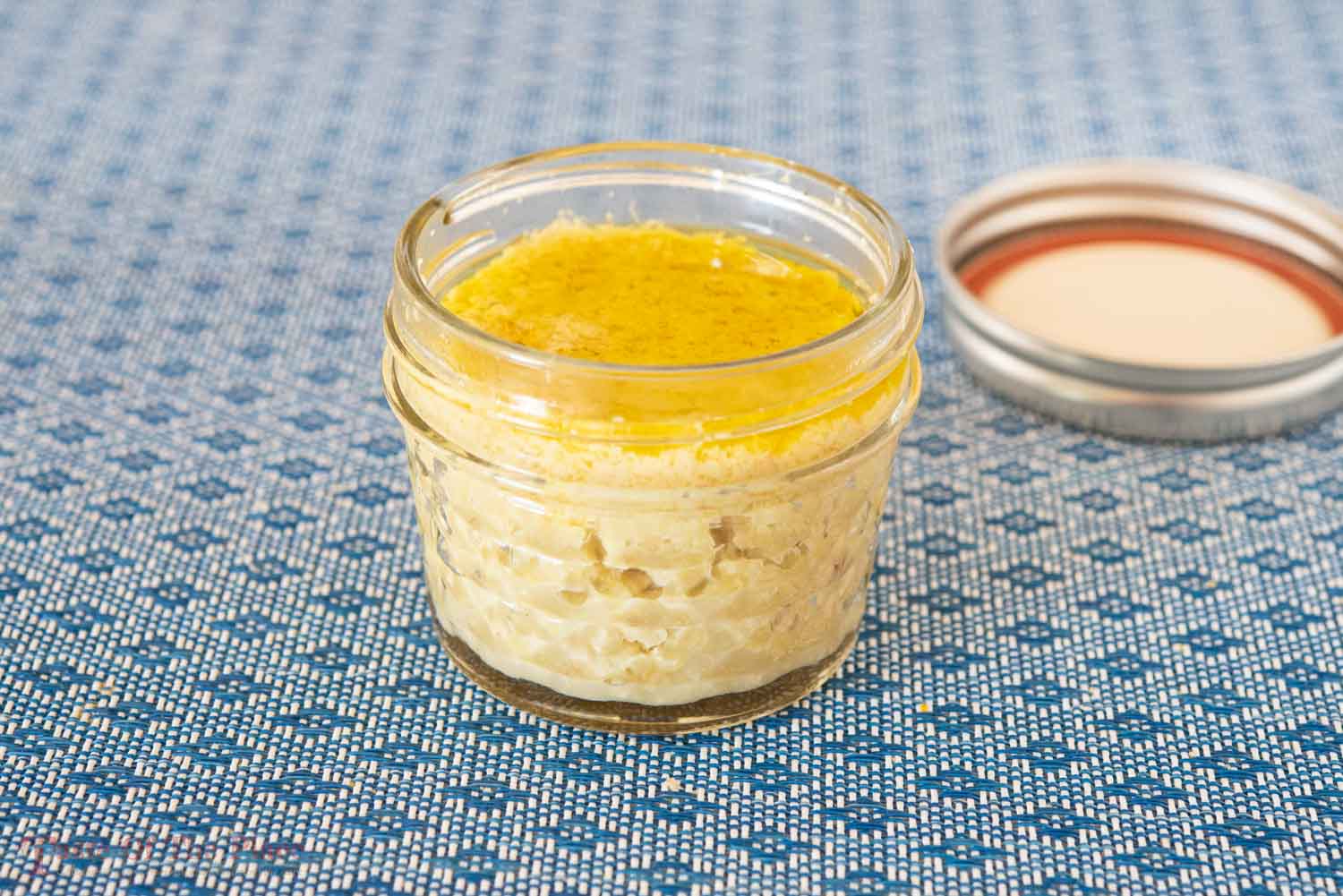
For longer storage, you can freeze ginger paste in a silicone ice cube tray and then transfer the cubes to a zip-top bag in the freezer. Another option is to scoop the paste into a zip-top bag, press it into a thin layer, remove excess air, and seal it before freezing. This way, you can easily break off pieces of frozen ginger paste when you need it. Easy peasy!
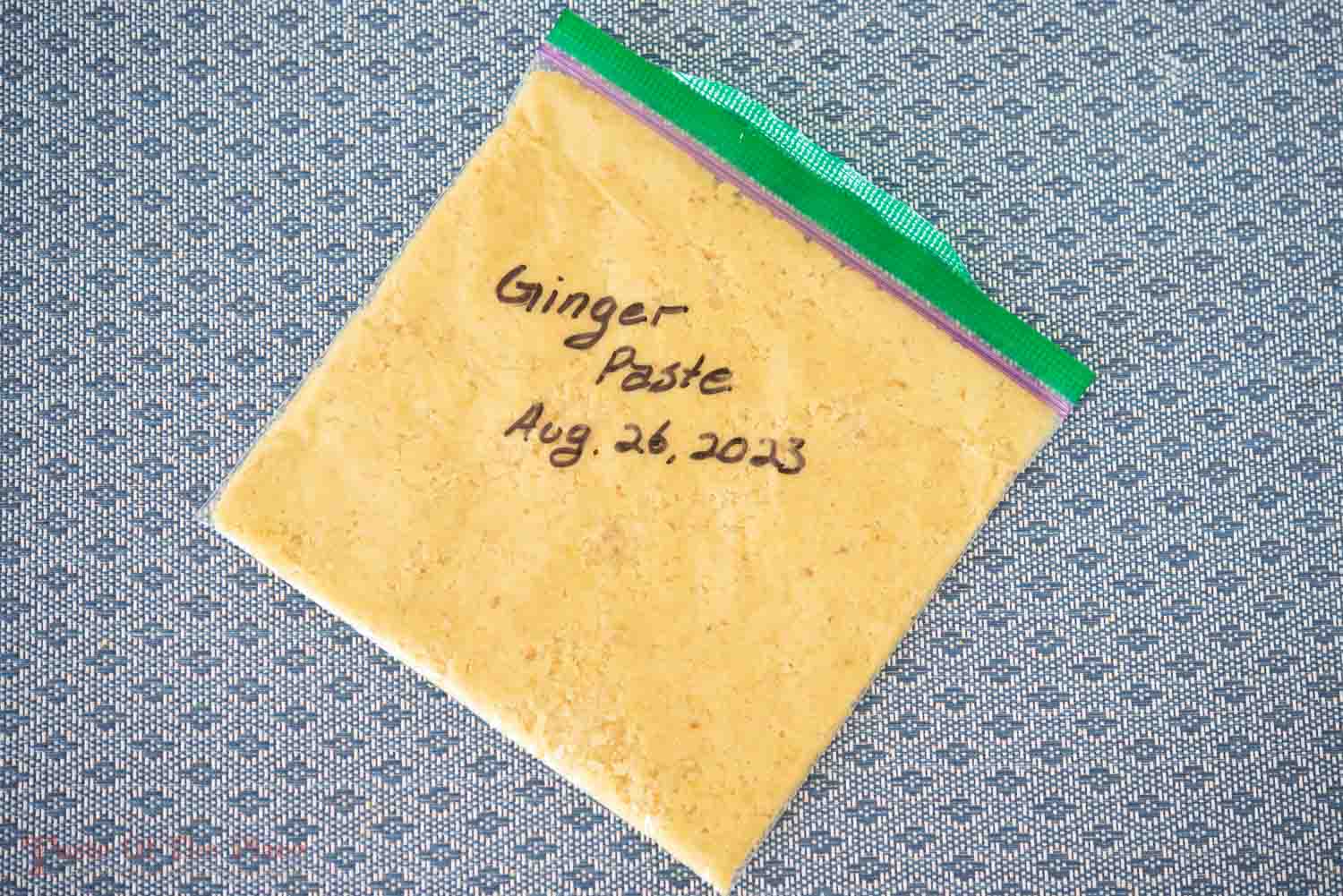
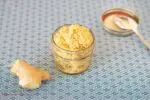
Homemade Ginger Paste
- Total Time: 15 minutes
- Yield: About 10 ounces 1x
- Diet: Vegan
Description
Having ginger paste on hand can be a game-changer in the kitchen. It’s fresh, all-natural, easy to make, and saves the hassles of having to mince or grate fresh ginger every time you need it.
Ingredients
- 8 ounces fresh ginger
- 2 to 4 tablespoons (1 to 2 ounces) neutral flavored oil, plus more for drizzling (optional, see notes)
Instructions
- Wash the fresh ginger and remove any bad or dried-out spots. Peeling the ginger is optional. If the skin seems tough or dried out, give it a peel.
- Cut the ginger against the grain into thin slices.
- Throw it in a blender along with 2 tablespoons of the oil, and give it a whirl for a minute or two, scraping down the sides as needed, until you achieve a paste-like consistency. If the paste seems overly dry, add the remainder of the oil and continue blending. If you are not using oil, you will likely need to add a bit of water to help with the blending.
- Transfer it to a glass jar, smoothing out the surface of the paste, then drizzle enough oil on top to cover with a thin layer. This will help keep the air out and to better preserve the garlic paste. I’ve found that fresh ginger paste may need an oil top-off on the second day. Whenever you use some of the paste, be sure to smooth the surface and top with a bit more oil. Simply skip this step if you are omitting the oil.
- Ginger paste made with oil will keep in the fridge for up to two weeks, while ginger paste made with water should be used within a few days.
Notes
I’ve found that most ginger paste recipes suggest using a neutral flavored oil, like canola oil so that the oil doesn’t affect the taste of the paste. However, I personally prefer to use olive oil for almost everything, including in my ginger paste. It’s really up to your personal taste!
To keep your ginger paste fresh and flavorful, it’s best to store it in an airtight container in the fridge. To help preserve the paste, add a layer of oil on top as a protective barrier. Be sure to use it up within two weeks or throw it away if it develops mold, off flavors, or colors. For longer storage, you can freeze ginger paste in a silicone ice cube tray and then transfer the cubes to a zip-top bag in the freezer. Another option is to scoop the paste into a zip-top bag, press it into a thin layer, remove excess air, and seal it before freezing. This way, you can easily break off pieces of frozen ginger paste when you need it.
Looking for a recipe to use up any extra ginger paste? Try this Mango & Pineapple Chutney from Curaçao. Yumm!
Quick tip: One inch of raw ginger is equal to about one tablespoon of ginger paste.
- Prep Time: 15 minutes
- Category: Condiment
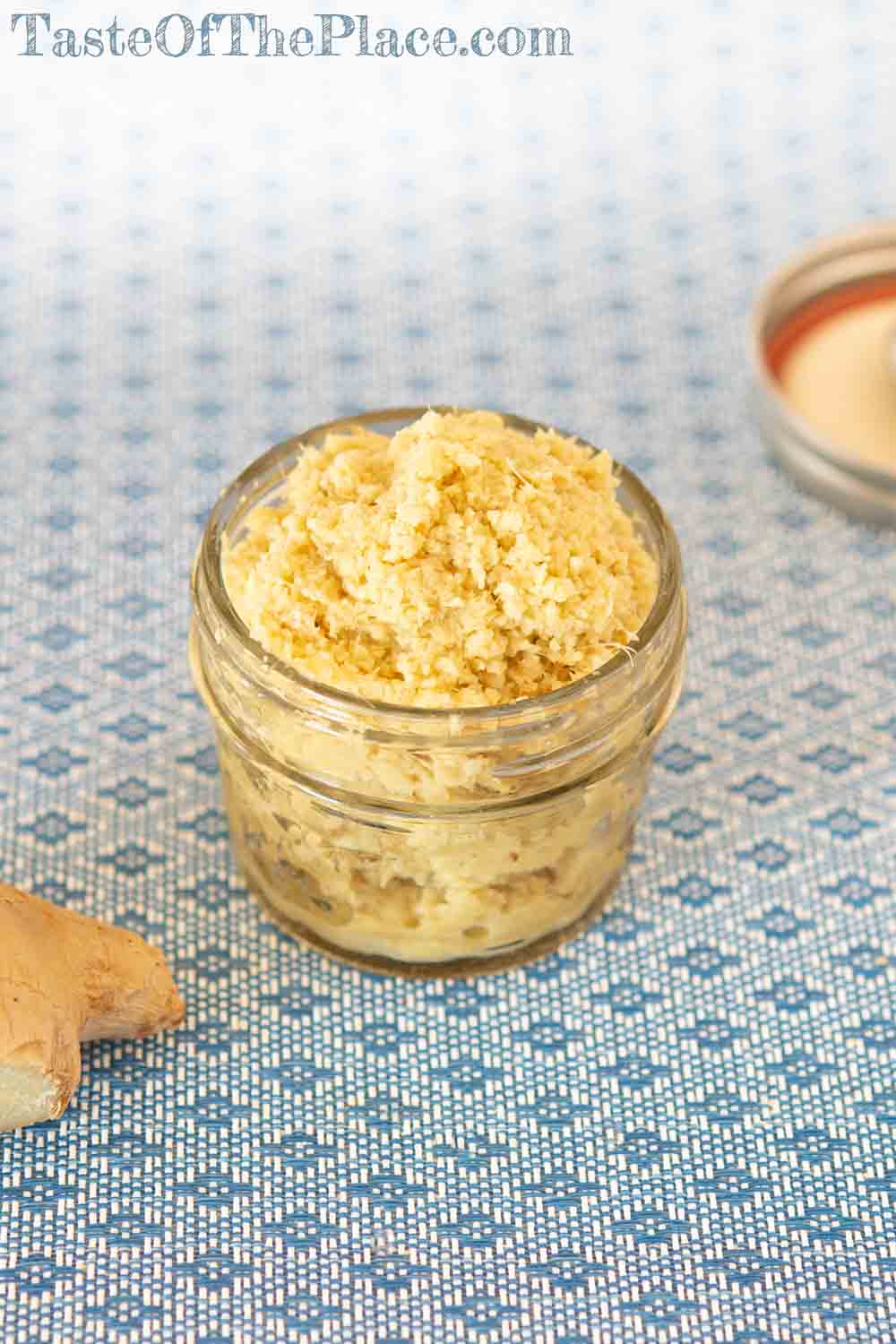
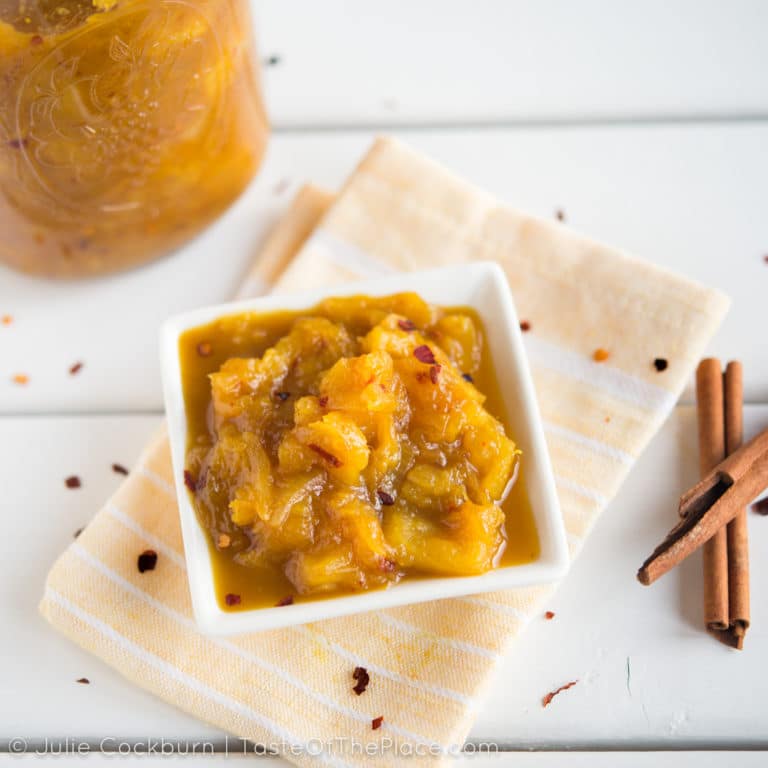
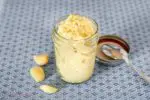
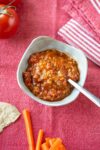
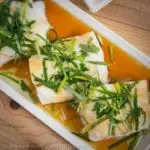
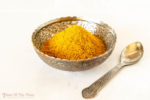
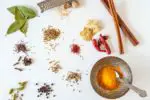






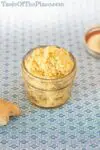
Leave a Reply